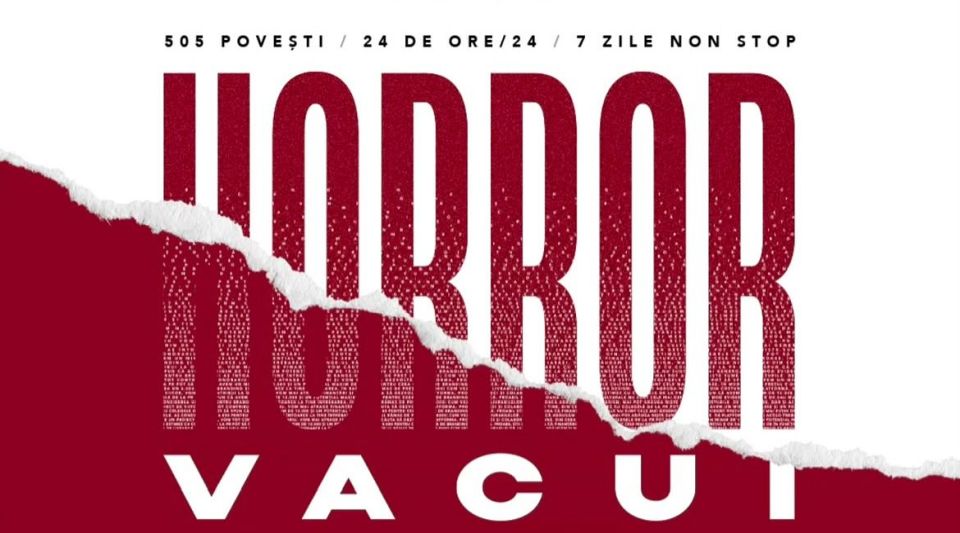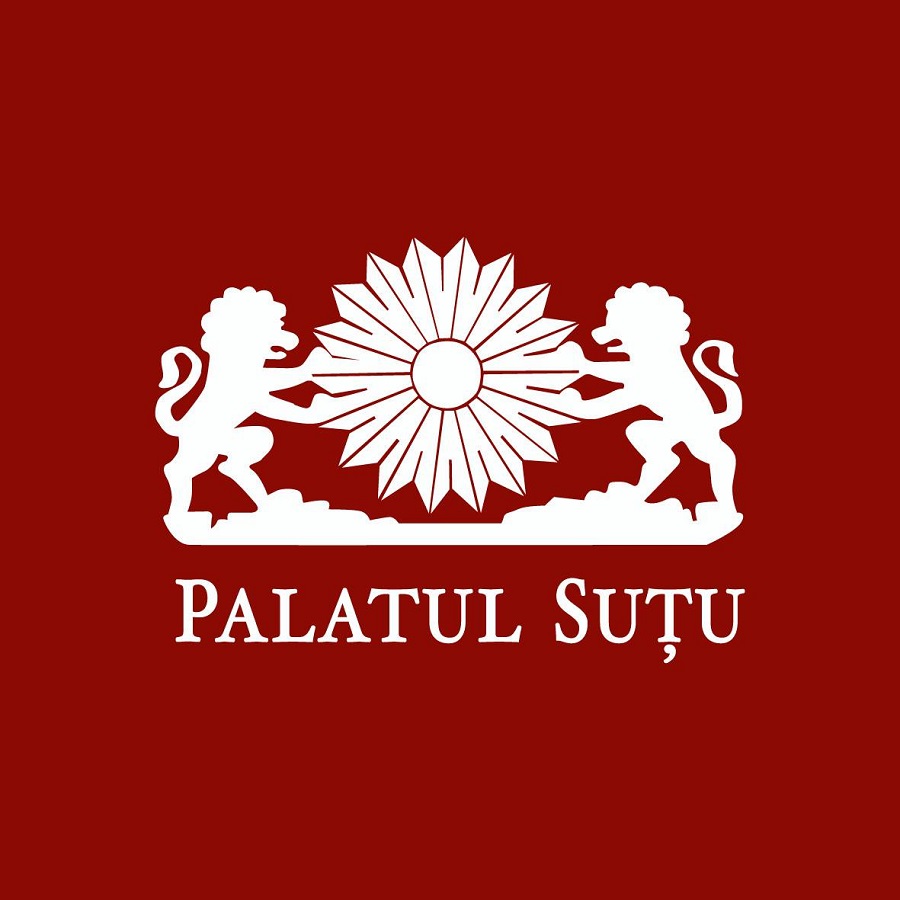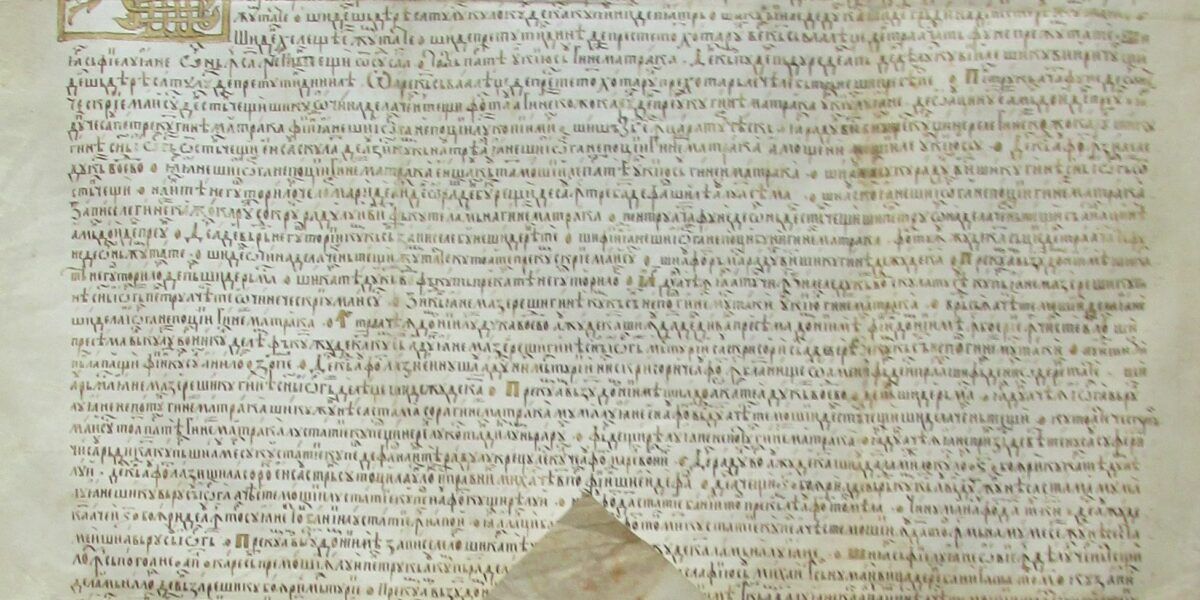Easter traditions observed by Romania’s Catholic community
Catholic Easter Customs and traditions observed in Transylvania and Banat

Monica Chiorpec, 08.04.2023, 20:02
Catholics worldwide observe Easter on April 9,
2023. The consecrated days for Christianity’s greatest feast, for those of Orthodox
and Catholic persuasion, do not always coincide. In 2023, the two persuasions’ observation
of Easter falls one week apart. How can we explain that?
After the Great Schism of the Cristian Church, in
1054, more often than not, the Easter is observed one week apart. The weeklong
lag is explained through the fact that, beginning 1582, The Orthodox Church
uses the Julian Calendar, while the Catholics divide the year according to the
Gregorian calendar. Therefore, the catholic Easter date is calculated according
to the ecclesiastical fool Moon, in keeping with the ecclesiastical tables, as
against the astronomic event of the Spring Equinox.
The director of the Constantin Brăiloiu Ethnography and Folklore Institute
in Bucharest, Sabina Ispas, will be giving us the details:
Talks were held, focusing on
resumption, while afterwards the ecumenic councils decided the calculation of
the Easter date. It is a floating date since it is calculated according to the
phases of the Moon. Thus, the old calculation system is preserved, of the old
feast of the Judaic Easter, a timeframe when, historically speaking, the events
occurred, or so it seems. That is why Palm Sunday, but also Easter
have a volatile date. They do have a limit, as a rule. What we’re interested in
is the maximum limit it as to the day it may fall on, this year being in early May.
In certain regions across Romania, mostly in Ardeal
and Banat, the Roman-Catholic Easter is observed by the Hungarian and German
communities according to a century-old tradition. Apart from the all too familiar
dishes, red-painted eggs, mutton, pound cake and red wine, the Roman-Catholics
in Transylvania observe specific traditions.
An ethnologist with the North University
in Baia Mare, Delia Suiogan will now be speaking about the significance of the
festive dinner on the Resurrection Day.
We have the candlelight, the Light we
receive at midnight, on the night of Saturday to Sunday. We have the lamb as
supreme sacrifice, which embodies Jesus. This ritual gesture in fact signifies
the rebirth of man and his right to resurrection. Likewise, Jesus Christ’s
tomb. Through its symbolic capacity of signifying the primeval food and seed,
the egg reminds of man’s right to start a new cycle all over again, to participate
in recosmicization.
The Catholic Christians in Transylvania observe the
tradition of adorning fir-trees at the gates of the unwed girls, sprinkling them
with water and perfume, just like on the pre-Christian times. In Mures County,
the groups of those sprinkling the girls roam the villages, yet Easter gains
its austere touch during the religious feast proper:
Delia Suiogan:
In Catholic Easter, sprinkling is enacted, a ritual the Orthodox
in Transylvania have borrowed. And, since the cultural layers always have their
own impact on the progress of any civilization, a beautiful encounter occurred,
to that end. All Catholic Christians
in the traditional communities observe this custom that entered via Germanic
connection. On the first and second day of Easter they sprinkle one another. In
the beginning, they sprinkled each other with water, as a sign of purification.
This sprinkling hails from the pre-Christian times, obviously, originating in a
ritual imposed by Ostera, the goddess of fertility and rebirth. On those feast
days, all had to sprinkle each other with water, mutually, as a purification
ritual, but also as a fertility one. Today, Catholic Christians sprinkle each
other with perfume, as an extension of fertility towards spiritual rebirth, the
fragrance of the perfume having that effect of redressing, of annihilating the
evil, the rottenness, as well as an effect of instating a state of order,
through the rebalancing of the cosmic states.
It was also the Roman-Catholics who
introduced, in the tradition, the chocolate figurines representing Easter symbols.
The chocolate bunny or the chocolate egg are equally allegories of fertility,
being offered to children on Easter day. Also, the Easter sweets have been
borrowed in the orthodox space. Today, the window frames of all cafeterias are
replete with chocolate bunnies, with chocolate eggs the bunny brings children. Again, via Germanic connection, we submit to
the cult of the same goddess, Ostera. Legend has it that the goddess, as she
was roaming the plains, ran into a bird with broken wings. A divine voice tells
Ostera that, should she succeed to turn the bird into an animal that doesn’t need
to fly, then the bird will survive, so the goddess turns the bird into a rabbit
that can nonetheless lay eggs. So once a year, the bird turned she-rabbit gives
the goddess the painted eggs, as a sign of rebirth in a different way. The colored
eggs are, therefore, a reward of kindness.






























